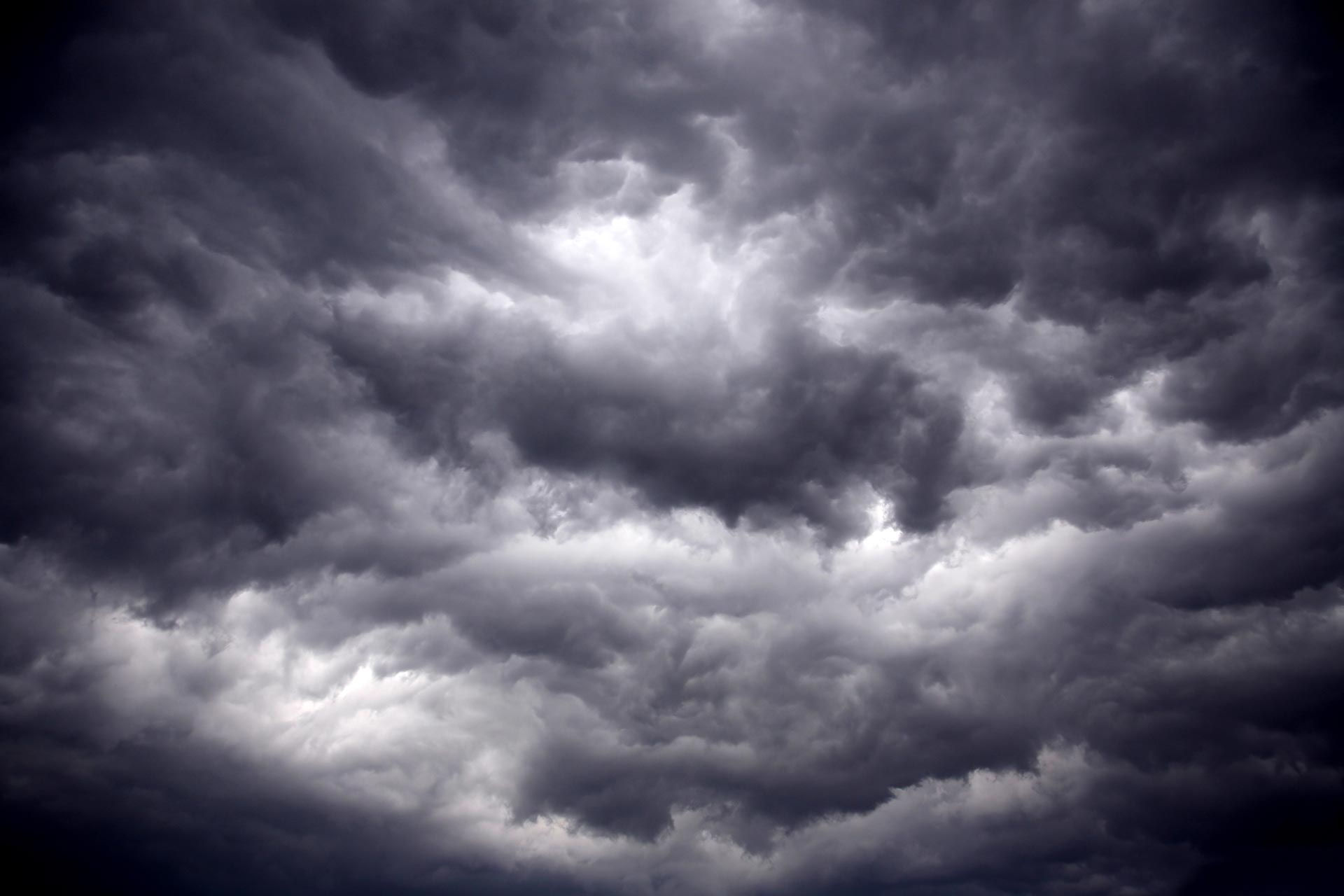IS THAT ALL THERE IS?...
Meteorological summer consists of the months of June, July, and August. Weathernerds such as me, prefer this classification to astronomical summer because it's easier to observe and compare seasonal and monthly statistics. It makes sense as meteorological summer always starts June 1st and ends August 31st. Astronomical summer on the other hand started June 21st and ends September 22nd. Not only does that include portions of 4 months, those dates vary yearly. That makes it difficult to compare and contrast seasons.
With only a handful of days left in meteorological summer we have a clear picture of how 2022 has behaved compared to the norms. As you can see there are significant differences in precipitation from north to south. Since June 1st, rain deficits greater than 7 inches have been noted in SE Iowa while in NW Illinois a surplus nearing 8 inches has been measured in Stephenson County. That's a pretty stark contrast over a distance of 150 miles!

Average summer temperatures throughout my region are close to normal with a slight lean to the warmer side of the ledger.

The average summer high temperature ranged from 81 in NW Illinois to 86 in SE Iowa.

The summer did have its share of hot days. The graphic below shows the hottest maximum temperatures recorded over the central Midwest. Some places south of I-80 reached the century mark, the first time that's happened in many moons.

The coolest "minimum" temperatures were no worse than 50 in my area.

THE FINAL DAYS OF AUGUST...
The last few days of August will see temperatures a few degrees above normal before cooler readings arrive for the start of September. Here's what the national blend of models indicates for temperatures the next 10 days around the Quad Cities. The coming weekend sees highs in the low to mid 80s. Then notice the dip to 75 by September 1st.

Additionally, there will be some rain before August ends but models have been having a real challenge defining both timing and placement. Even so, there has been some clarity in recent guidance which is good to see. One thing that has become apparent is that the forecast is likely to be rain free until very late Saturday night (more likely Sunday morning). That's the period where deep moisture and forcing finally come together to generate rain.
Another important trend is for energy to split with heavier rains falling just to the west Sunday before shifting slightly further to the southeast Monday. That implies a dry slot over my area allowing the heavier rains to split and bypass the majority of my region first to the west and then to the east.
The EURO is still painting out 2" plus water vapor levels around noon Sunday. (That's some highly saturated air). However, overall synoptic forcing and shear look weak both Sunday and Monday so what storms do fire up will likely be scattered in nature and below severe limits.

That said, the existing high water vapor levels suggest that any showers and storms that do develop are likely to pulse and be efficient rain producers. With the existence of rich moisture transport, deep warm layer clouds, and slow movement of individual cells, an inch or more of rain could fall in the stronger updrafts. However, rains of that quality appear to be spotty and more focused just to the west. Here's what the latest models are suggesting for rainfall late Saturday night through Monday afternoon.
The national model blend (NBM).

The Weather Prediction Center ouput.

The GFS

The EURO

Beyond Monday a nice push of Canadian high pressure builds into the Great Lakes allowing a surge of cool dry early fall air to follow. The GFS even with its warm bias this summer is indicating 5 day temperature departures well below normal in the period August 31st through September 5th.

With that, I will wrap this up and hope that the weekend brings rest and relaxation to those who need it. Until next time, roll weather...TS










Comments